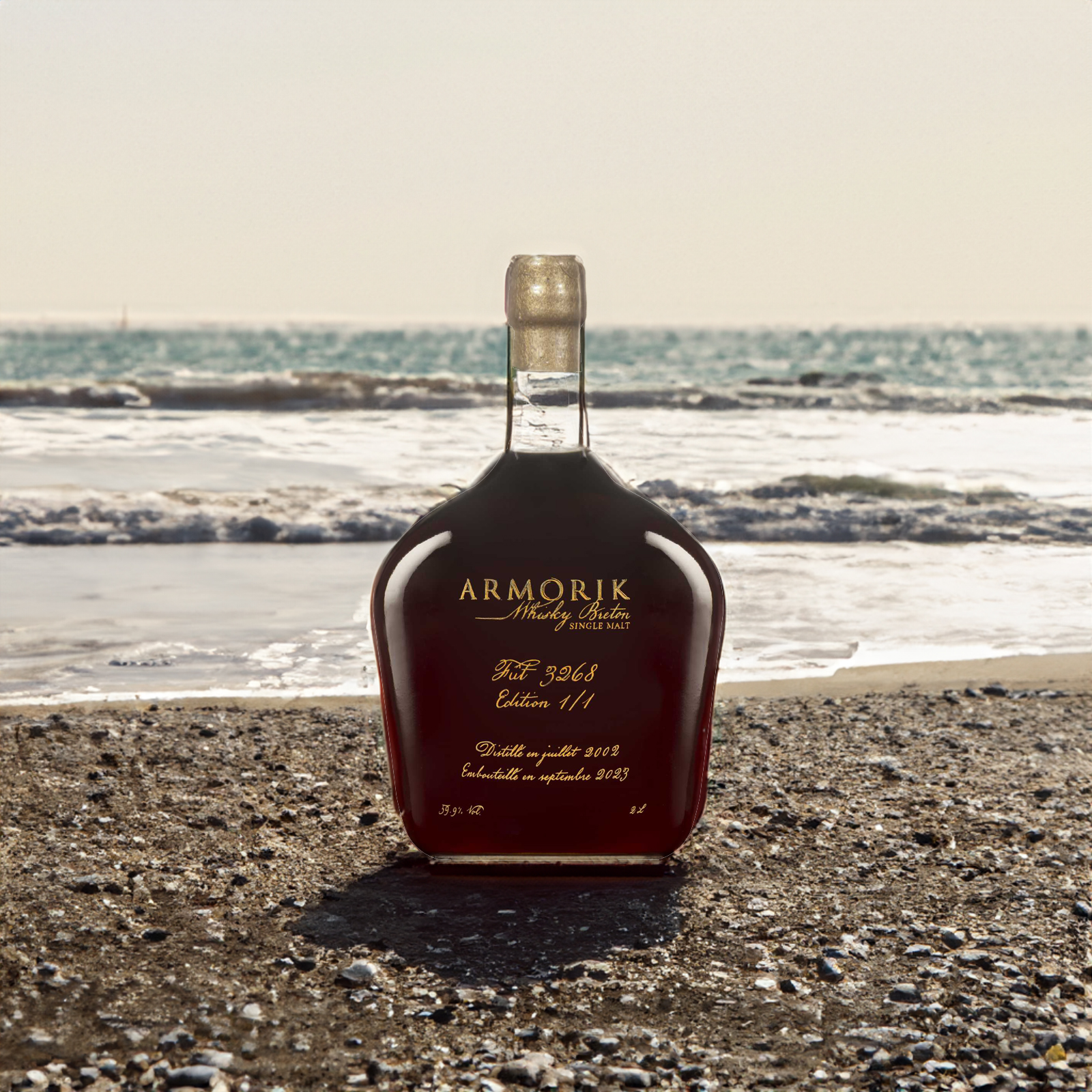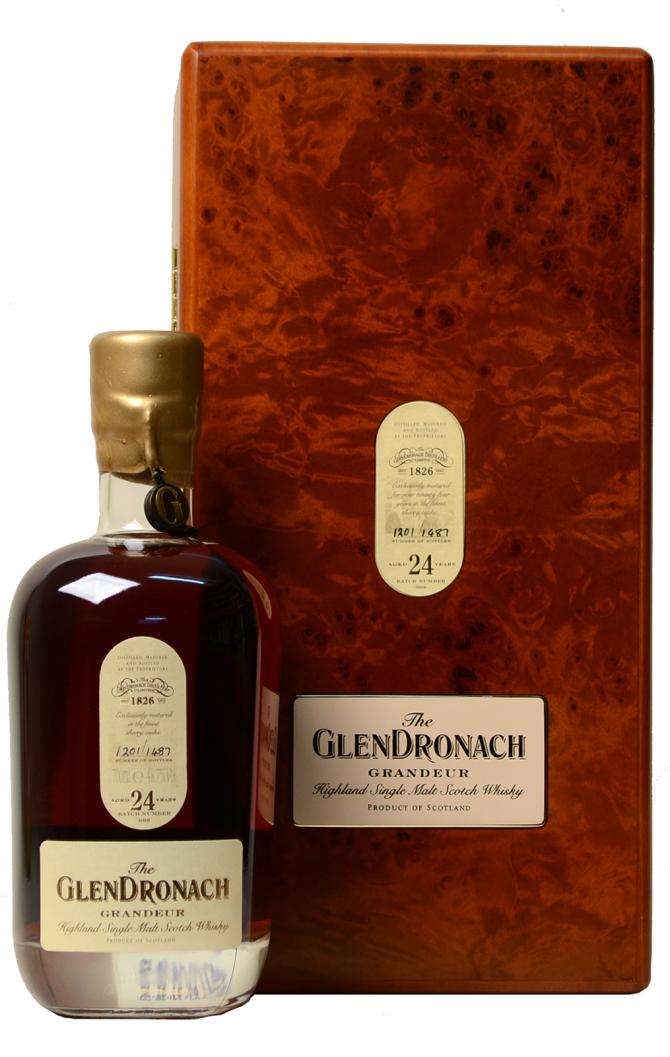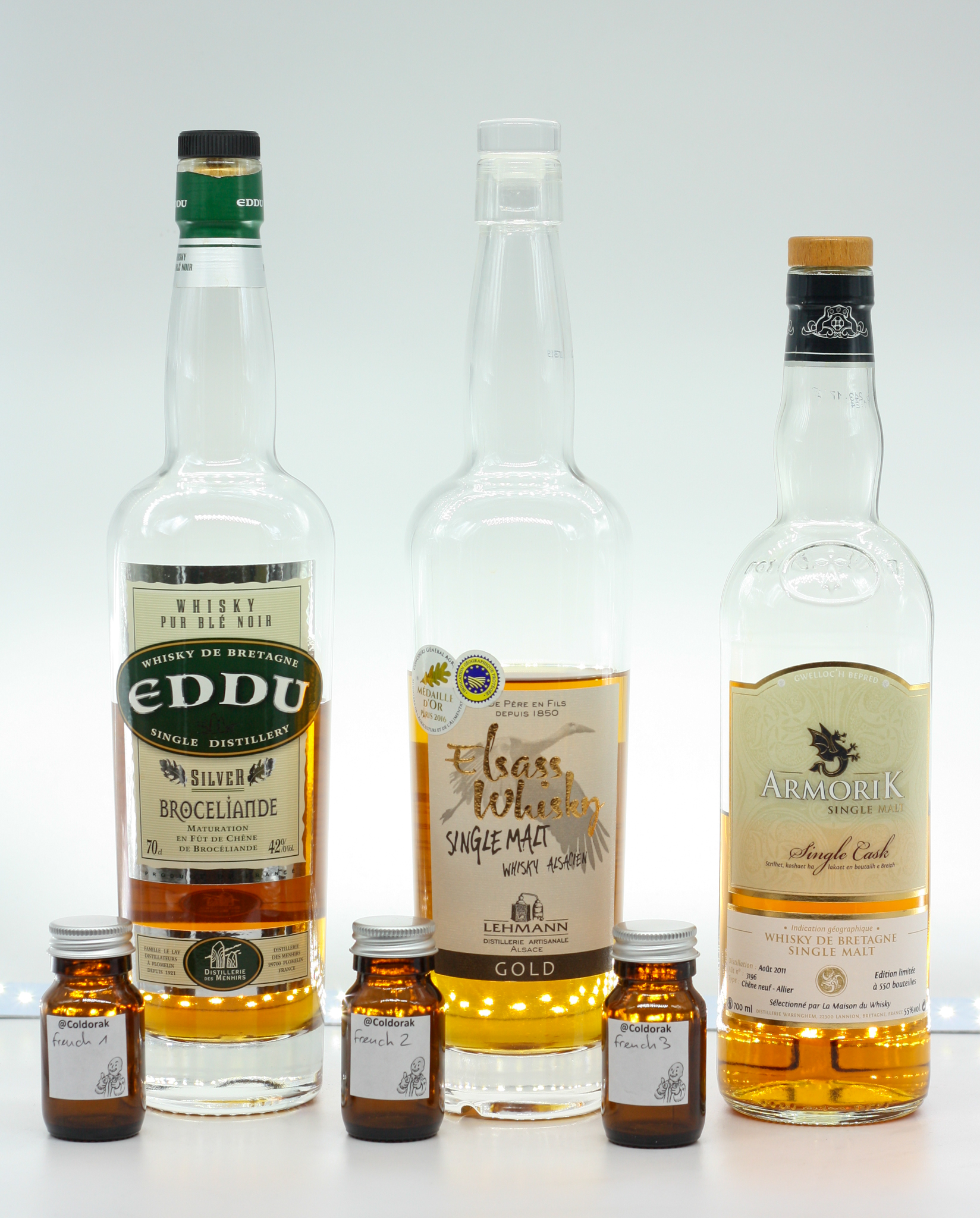A few days ago I took a day off to visit a French whisky and spirits distillery, Warenghem Distillery, located at Lannion, in France, and one of the five distilleries located in the Brittany region.
Warenghem started in year 1900. Back then, Léon Warenghem, the founder, created the Elixir of Armorica, a blend of 35 plants, which quickly became renowned in France and in the USA. In 1919, Léon’s son, Henri, took over, and the distillery rapidly expanded to the creation of liqueurs. In 1967, Paul-Henri, third generation of Warenghems, associates with Yves Leizour, and they decide to move the distillery from the town centre to the outskirts of Lannion. Family stories continue as in 1983, Yves Leizour’s son, Gilles, creates the Melmor mead (we call that chouchen, a fermented drink made with honey and water).
Then, in 1987, encouraged by his sales director Bernard Le Pallec, Gilles Leizour creates the first Whisky Breton, a blend called WB. Eleven years later, in 1998, they create their first single malt, the Armorik, appropriately named after the region. At this day Warenghem is the market leader of French whisky.

I had booked a tour at 11 in the morning and was quite surprised how many people turned for the visit, as we were around 20 people. The visit is quite cheap as the tour only costs 5€ including the tasting of two drams. The tour was conducted both in French and in English as a family of German (I think) was present and not everyone was able to speak French. The visit of the distillery begins with the projection of a 5-minute film, before going to the still room then to one of the warehouses.
First, you need barley, yeast and water.
Warenghem Distillery buys its barley (Sebastian and Prestige varieties) in France, from the French department of Creuse, in central France, from Brittany, and from the north of France. 95% of the barley bought is organic, with an objective to soon buy 100% organic barley. Malting is not done in-house but is outsourced to a Belgian malting company.
The malted barley is milled by 1 to 1.2 tons per batch by going through a red mill with two sets of rollers to obtain a classic distribution of 20% husk, 70% grist and 10% flour. It’s then sent through a big funnel to the 4000 litre stainless steel full Lauter mash tun. There, 6000 litres of water are used, in several passes, to recover the sugars from the grist. The water comes from a hundred metres under the distillery. There are two batches a day, five days a week.
Afterwards, the worts (the liquid full of sugar extracted from the grist) go to the stainless steel washback, with a capacity of 6000 litres that we could not see, unfortunately. It’s there that yeast is added, and Warenghem use both brewer’s and distiller’s yeasts, in powder form and not liquid as mostly done in Scotland. Fermentation takes 3 to 4 days.
You also need copper. Lots.
Distillation is then made through a pair of pot stills made by a French company from Cognac, Prulho. The wash still has a capacity of 6000 litres, and the spirit still has a capacity of 3000 litres. Both stills are indirect-fired, as they use steam-heated coils inside the still to heat the liquid. Neither still is especially tall and they both have a downwards lyne arm going to the condensers. Distillation is made twice a day 5 days a week except for the Wednesday afternoon when the stills are cleaned. Surprisingly when you’re used to Scottish distilleries, there is no spirit safe: when leaving the condensers, the distillates go through tubes fit with alcohol-meters before going to their respective vats.

After the first distillation, low wines are sent to the spirit still for a second distillation. The cut starts after 8 minutes if I heard correctly, with spirit between 75% abv and 69% abv. Then, foreshots and feints are sent back with the low wines to be distilled again on the next batch, and the heart of the cut represents around 650 litres of new make that will be reduced to 65% abv before being filled in casks. The annual production made by the distillery is 150 000 litres of pure alcohol (lpa).
Then, obviously, you need wood and time.

Warenghem buys ex-bourbon barrels from Buffalo Trace and Jim Beam, and ex-sherry casks from different sources in Spain, with European and American Oak, that are not seasoned but which had really been used to mature sherry, sometimes for up to 20 years. They also use new and old barrels made from Jean-Baptiste Le Floc’h, the latest cooper in Britanny, with Breton oak grown in the Carrou forest, near the city of Brest.
Storage of those casks is made in modern (not dunnage) warehouses and are stored on palettes up to 6 casks high. The tour only showed us the oldest warehouse, where I saw dozens of ex-bourbon and ex-sherry casks, as well as many other casks having contained other spirits and wines: cognac from Landier, sauternes, port, rum, and a few others I could not make out what it was. Although the warehouses (the chais) are not dunnage, the angel share is similar to the one of the Scottish angels, between 2 and 3% a year. The total capacity of the warehouses is around 10 000 casks, but they currently host around 4 500 casks. Final result of all this, Warenghem sells around 250 000 bottles per year.
Back to the visitor centre and to the tasting room
Warenghem Distillery renovated its visitor centre a few months ago, and we were taken upstairs to their beautiful tasting room to taste two drams from their core range, both without age statement, and both bottled at 46% abv: the Sherry Cask, and the Double Maturation. Tasting notes are available if you click on the links. These are not my favourites of the range (I prefer the Classic matured in ex-bourbon casks and the 10 year old) but are really good value, as they are both priced around 45-48€ a bottle.

In the end, this was a really enjoyable tour. The visit is quite quick but packed with information, and you have to remember that though it’s the biggest French whisky maker, it’s really small compared to any Scottish distillery. But the size of the distillery doesn’t matter. What does matter is its people and its spirit. A votre santé.

Note: many thanks to Anne Roussier, the distillery shop manager, for taking the time to seek answers and reply to all my questions!





Great report guys ! Thanks !
Bevet Breizh !
